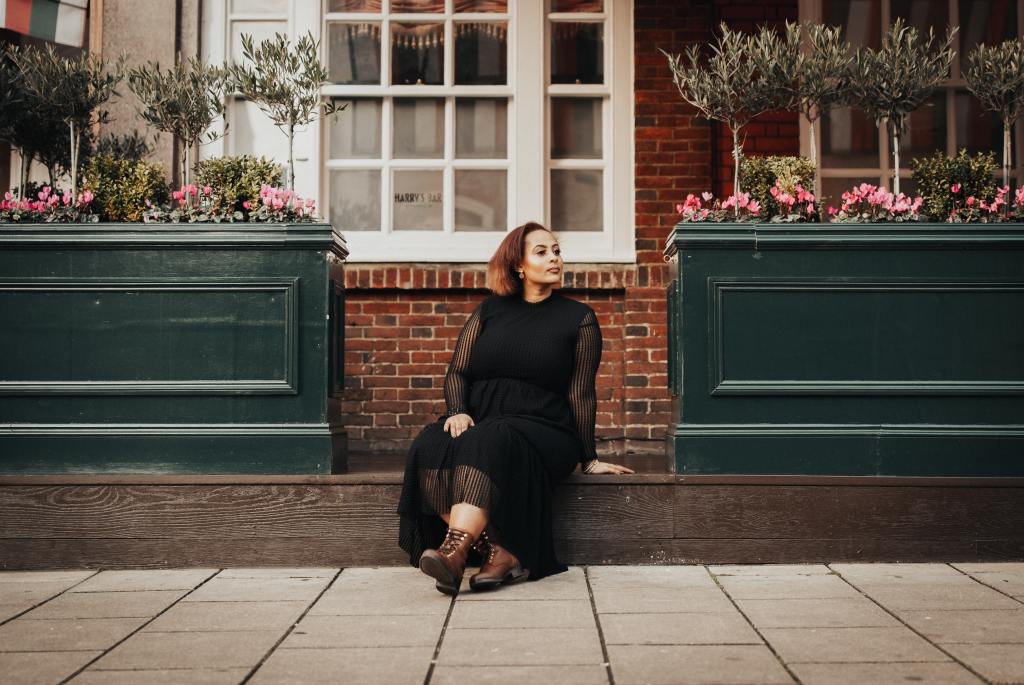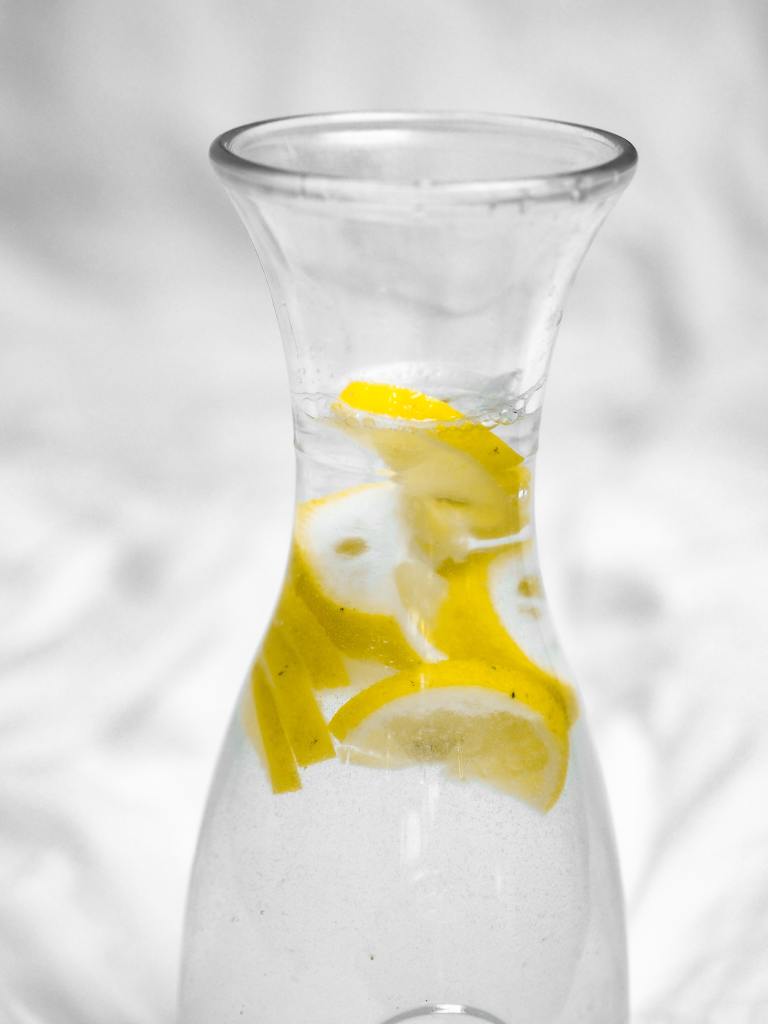
Hi, I’m Ruby, a 25 year old feminist with a bsc(hons) in Psychology. I’m a hairy, fat, bisexual who believes in body positivity because, “If you can’t love yourself how in the hell you gonna love somebody else.” Can I get an Amen.

What is The Body Positive Movement?
Body positivity is a common hashtag you’ll see used on Instagram, Twitter and other social media platforms but it is much more than that. This, is a radical, self-love movement which we should all be able to learn from. The movement has been described by Jessica Cwynar-Horta as:
“a social movement rooted in the belief that all human beings should have a positive body image while challenging the ways in which society presents and views the physical body”
and this is true. For a long time represented in magazines and on television, before social media the bias of the “ideal image” was a thin light-skinned woman, this contributed personally to me and to many others in forming the idea that my body is wrong and isn’t shaped or textured how it is “supposed” to be.

I’ve been on all sizes of the body spectrum, I’ve been smaller as a size 8 and now I’m more plus-size as a size 16-18 and the movement has personally helped me accept my body with all of the changes that it has gone through. My tummy rolls, my stretch marks as well as accepting my body hair has taken a lot of work for me to feel accepted by myself and to healthily deal with criticism from outside points of view. Everyone has to have their own journey in self-love and people deal with it differently. The Body Positive movement has been under fire for misrepresentation of many marginalised groups and misunderstandings in the movement. I’ll explain why I’ve changed how I speak about my radical self-acceptance of my plus size body.
The Body Positive Movement Was Started by Queer Black Femmes
Starting from the beginning, the Body-Positive movement was started by the first wave of feminists in the 1850s-1890s who protested against the use of modifying your body using tools such as corsets, but where the movement really gained traction was during the 1960s-2000s. According to Psychology Today
“The fat liberation movement of the 1960s was created by queer fat black women for marginalized bodies. This was a safe space for marginalized bodies who had been cast aside by society”.
In a lot of documentation, it is left forgotten to mention the people who started the backbone of this movement and they are often left out of it in popular social media today. For example, the biggest names in the world of body-positivity and radical self-acceptance are Tess Holliday and Ashley Graham. Although it’s great to see beautiful plus size women in a beautiful light, the fact most models still have a certain hourglass or pear shape leads people feeling underrepresented in the media and therefore the movement is not promoting their goal.

All bodies are different, yet all people in their bodies should feel beautiful or at least comfortable. It’s important to note that you don’t have to be ecstatic with your body to have body confidence and you can want to change, lose or gain weight healthily but it’s important to learn to accept your body at every shape and size. Learning and teaching Body Confidence is meant to be for everybody and be inclusive regardless of race, gender identity, disabilities and size. However, if we are ever going to make a change, the way we view the movement needs to change. Promoting body confidence and Body Positivity is different in the way that Body Confidence is primarily about loving yourself but The Body Positive Movement is about creating a new world with more representation for marginalized groups.
How Can I Support the Movement?
The point of this article is to express where the term came from, most people are aware of the movement. Whether they have seen radical fat acceptance on social media or the #effyourbeautystandards hashtag. If you are a thin, white person, promoting body confidence is still for you! The aim is for everyone to love their different bodies and recognise that our differences make us beautiful. But, it’s up to all of us to share posts, increase engagement and support the bodies that still aren’t recognised, aren’t empowered and aren’t showcased enough as the works of art that the Human Body is. We can use our platforms to promote different types of bodies, we can help build each other up. We can use social media as a tool to promote influences that are POC, disabled body-positive influencers, LGBTQ+ body-positive influencers.

I am still learning and willing to learn more about the movement myself, I try to support fellow creators by following body-positive influencers. I use different tags on my content to stop the overpopulation of bodies like mine on the body-positive tags, instead, I use #selflove and #bodyconfidence. This is a way other creators can share that spotlight, it’s that simple! Following the movement directly on thebodypositive.org has also kept me up to date with what the movement is and what it represents. The site has compiled a list of Black Body Positive Leaders who are changing the game here.
This article is not telling you to not love yourself you are still a huge part of this movement for change. Keep growing, keep learning and keep on celebrating yourself. Your body is absolutely beautiful, all of you. Learn from Body Positivity, promote Body-Positivity and remember that you you deserve to accept and love yourself. I’d urge anyone wanting to learn to start at the heart with https://thebodypositive.org/.
“If you can’t love yourself, how the hell are you going to love somebody else.” – Ru Paul
Sources:
DOCUMENTING FEMININITY: BODY POSITIVITY AND FEMALE EMPOWERMENT ON INSTAGRAM – JESSICA CWYNAR-HORTA
Is Body Positivity for All Bodies?
Black Women Started The Body Positivity Movement | HelloBeautiful
The rise of the body neutrality movement: ‘If you’re fat, you don’t have to hate yourself’



